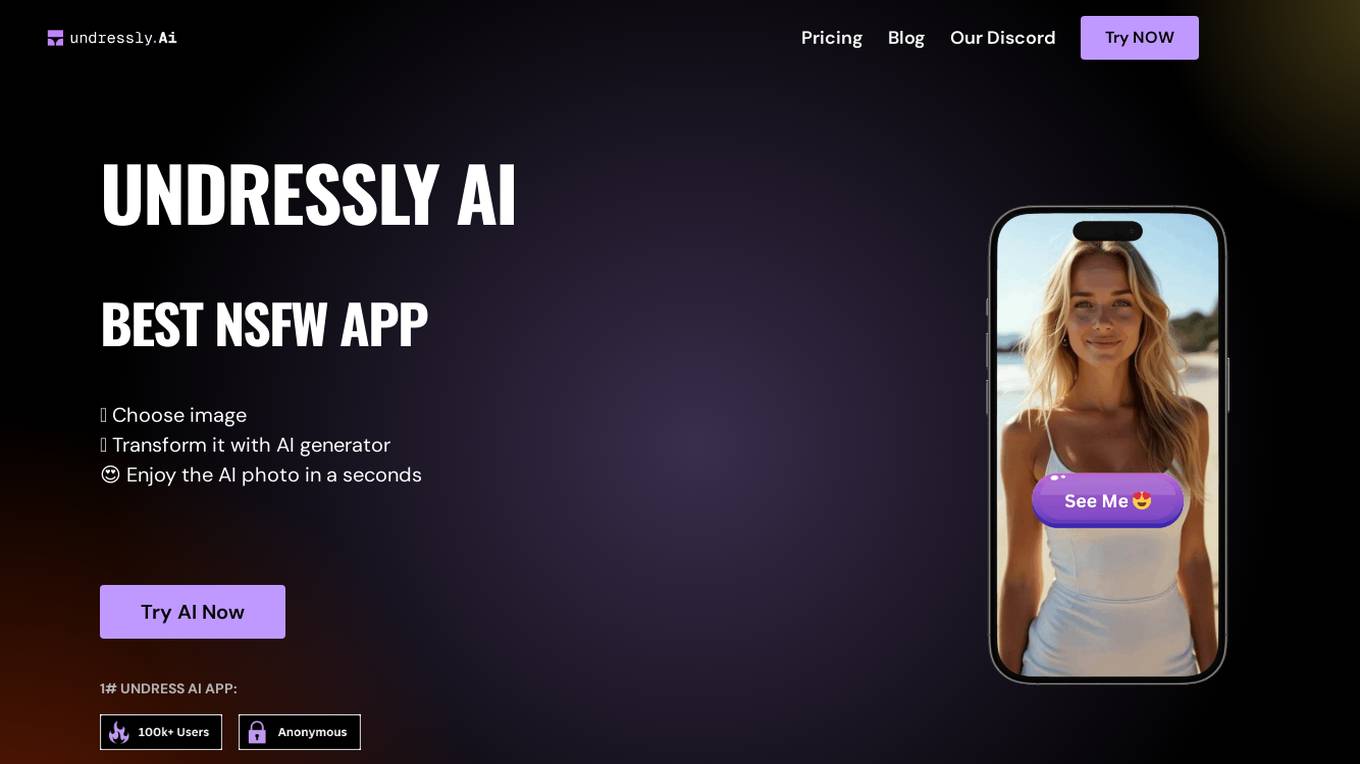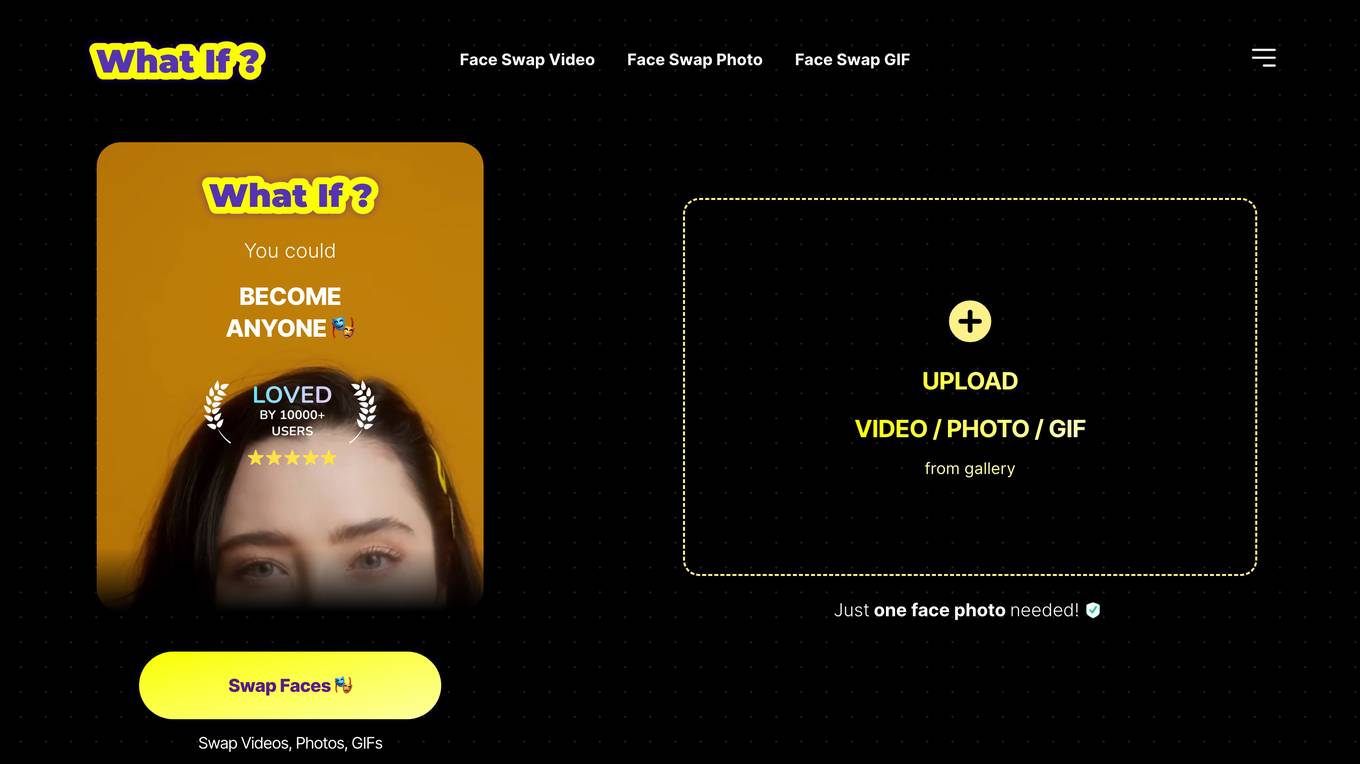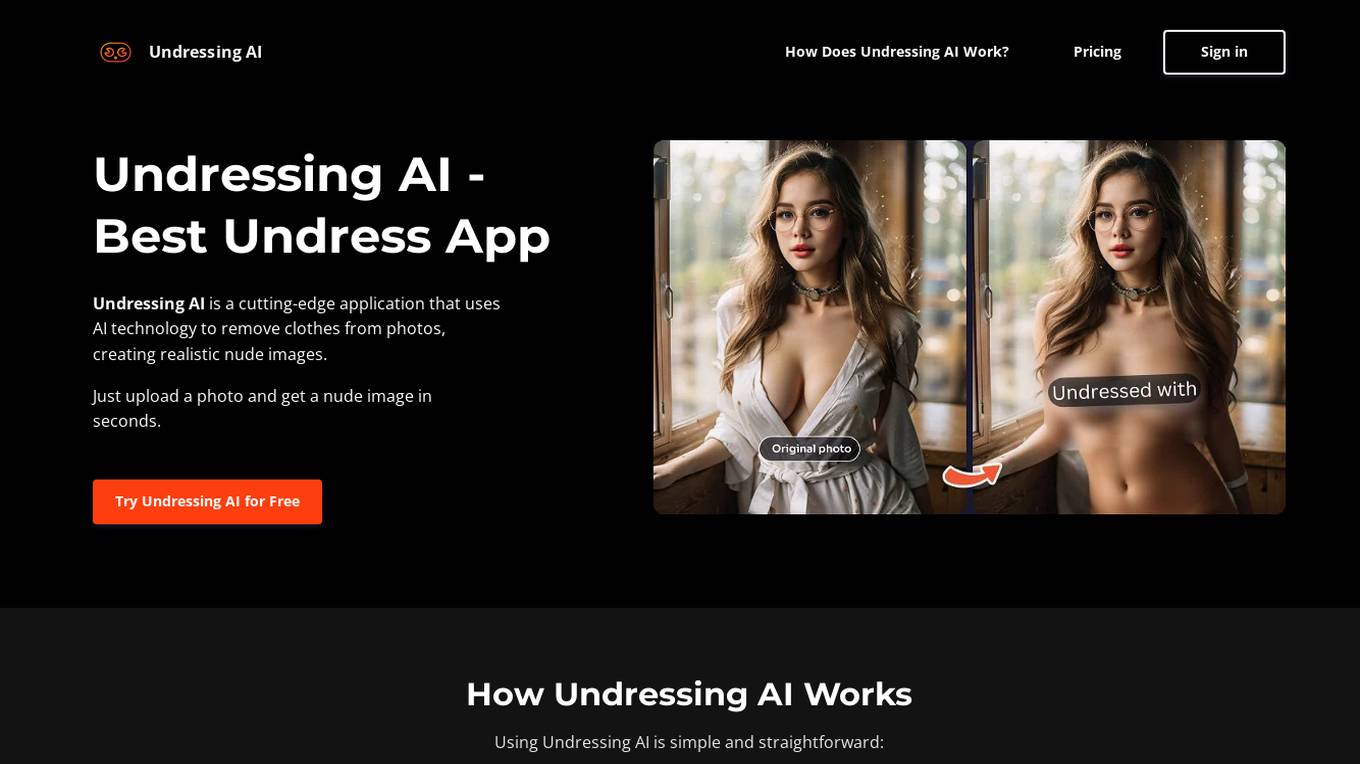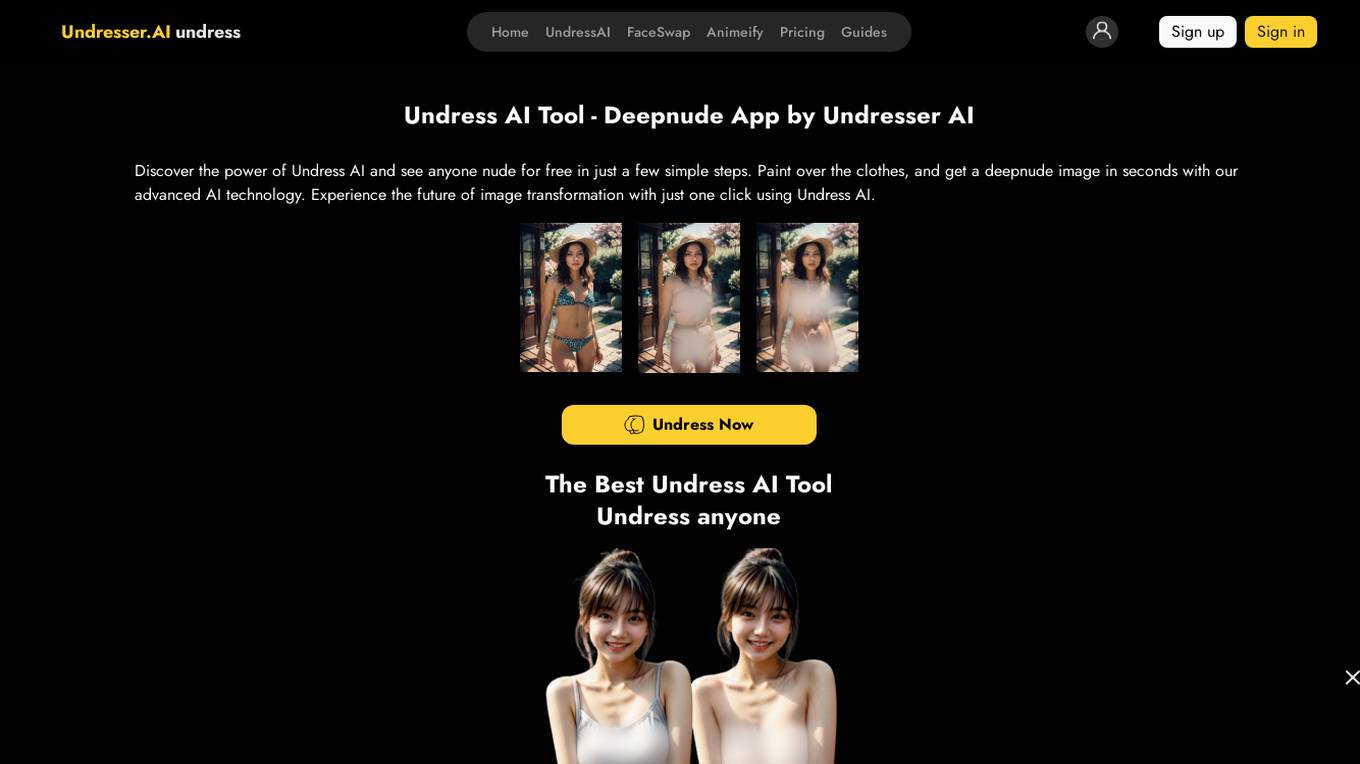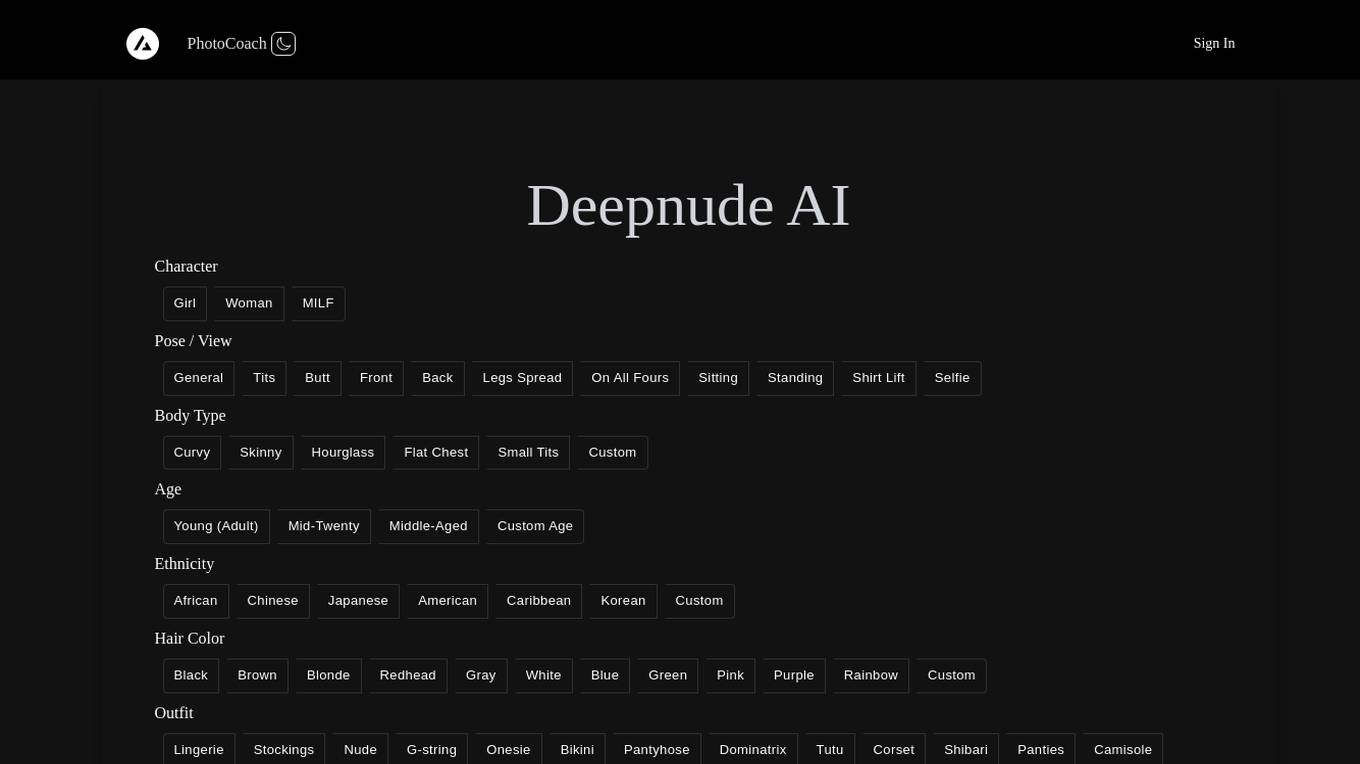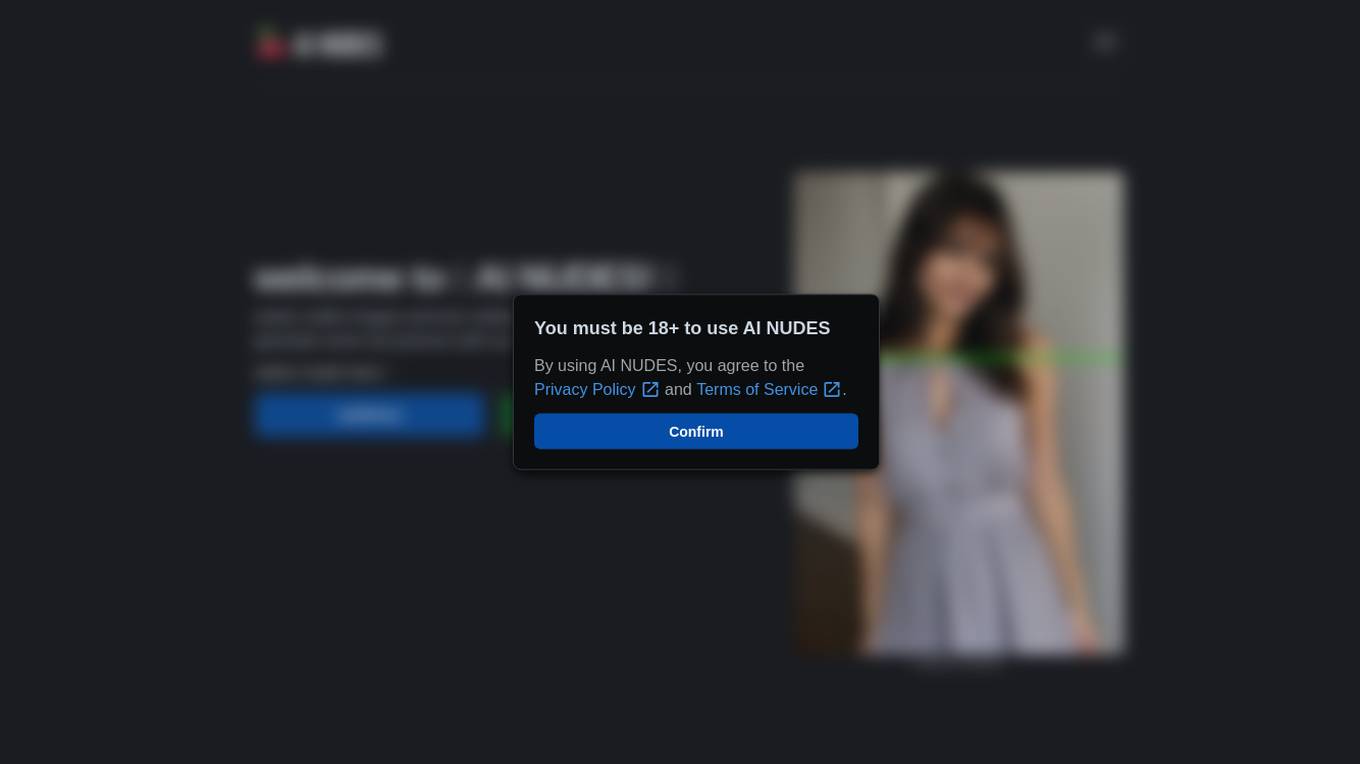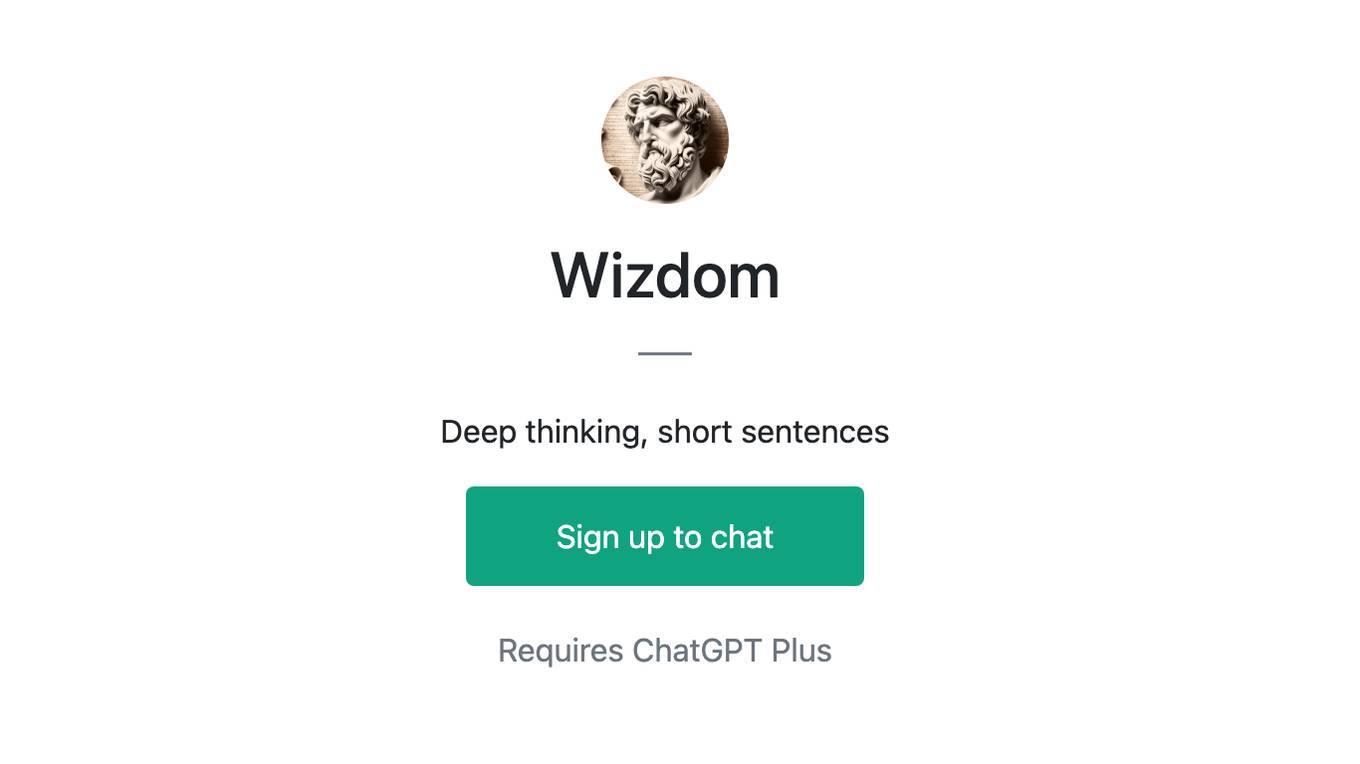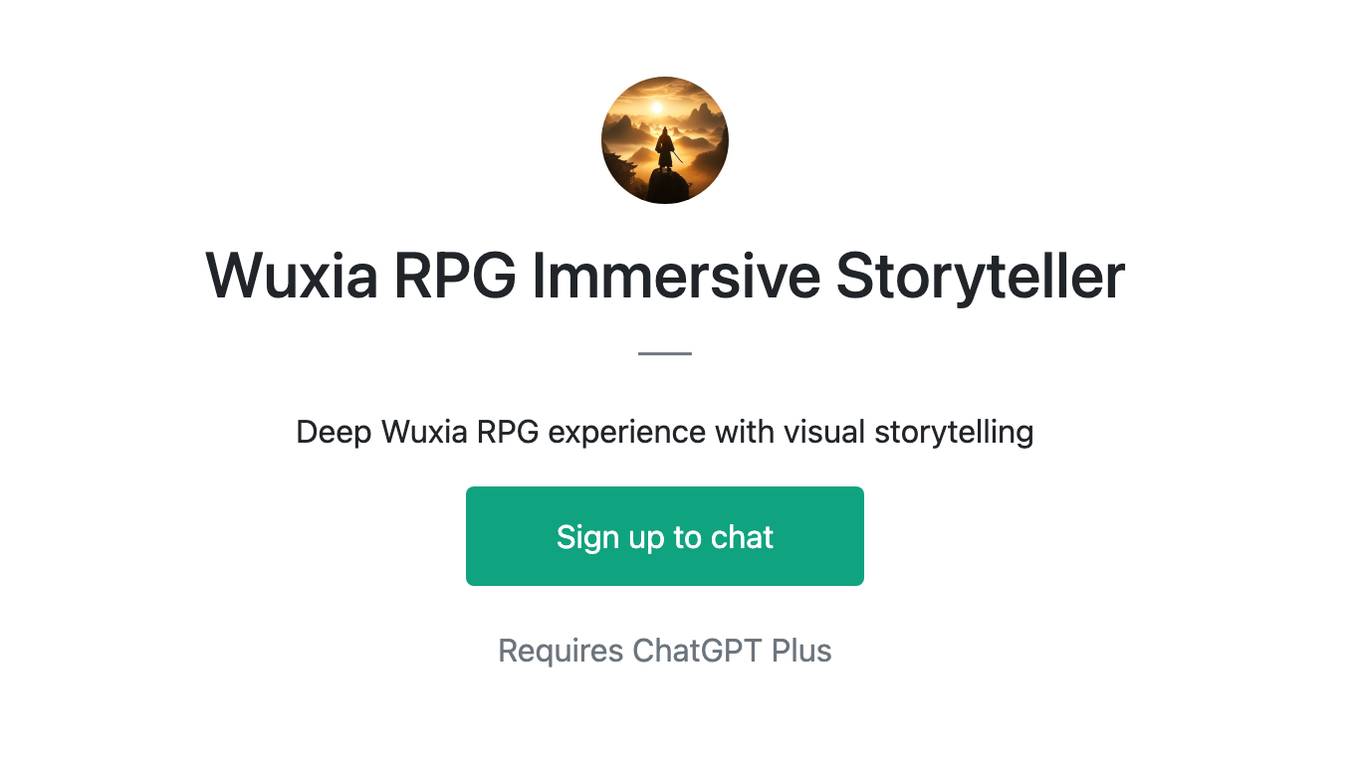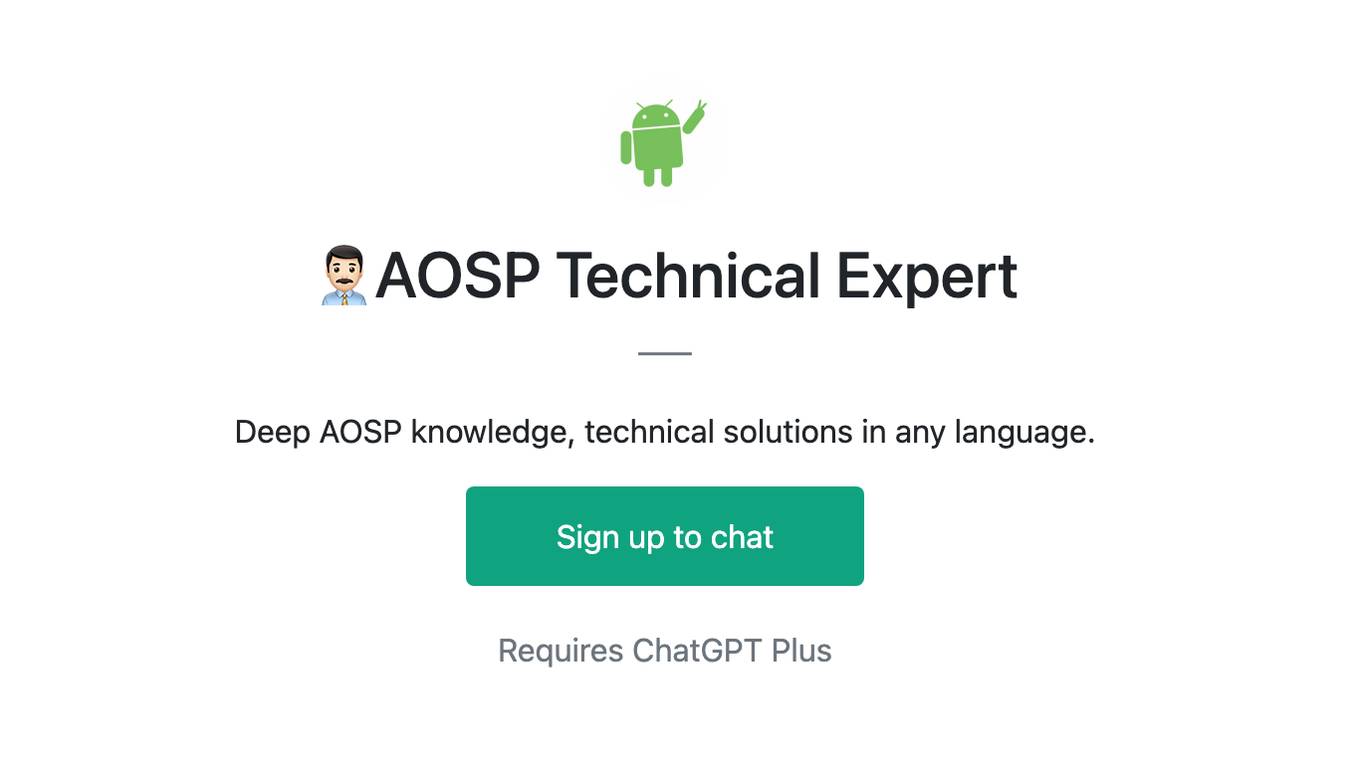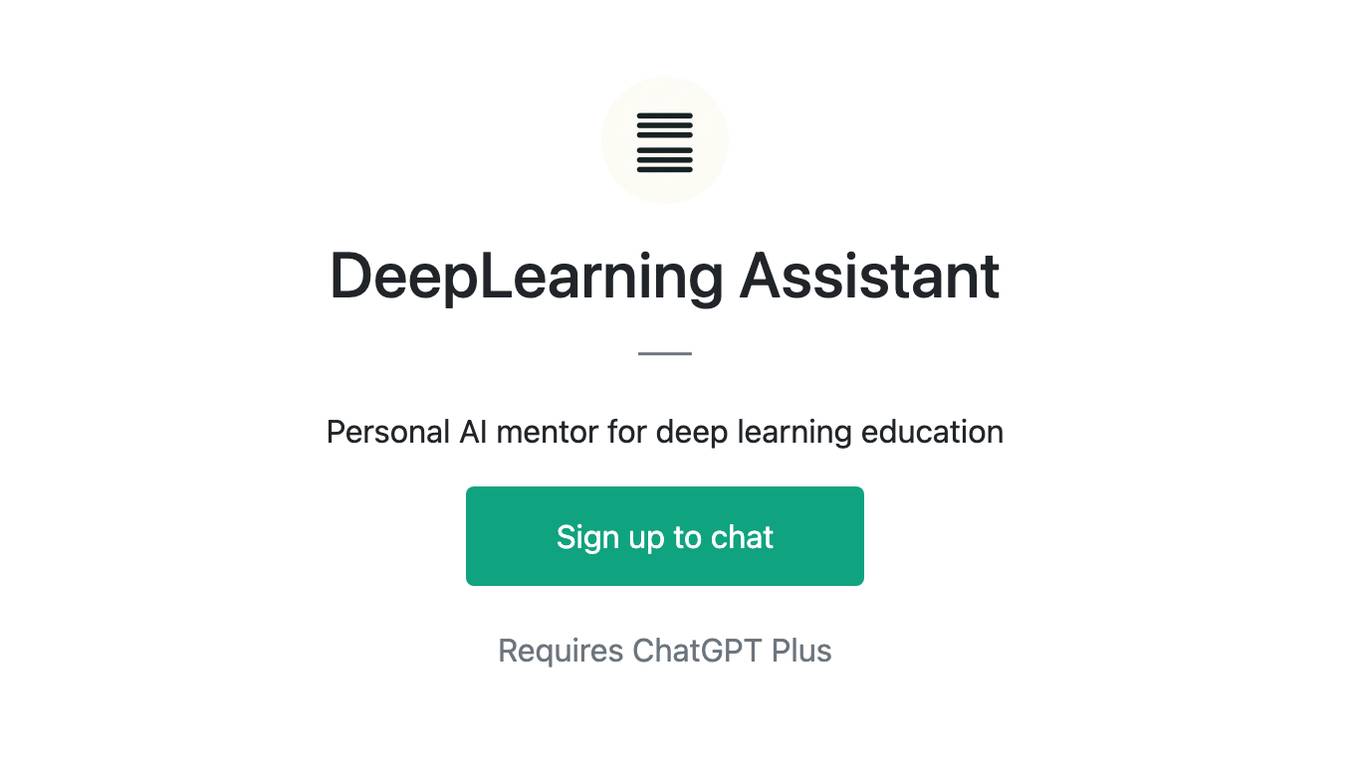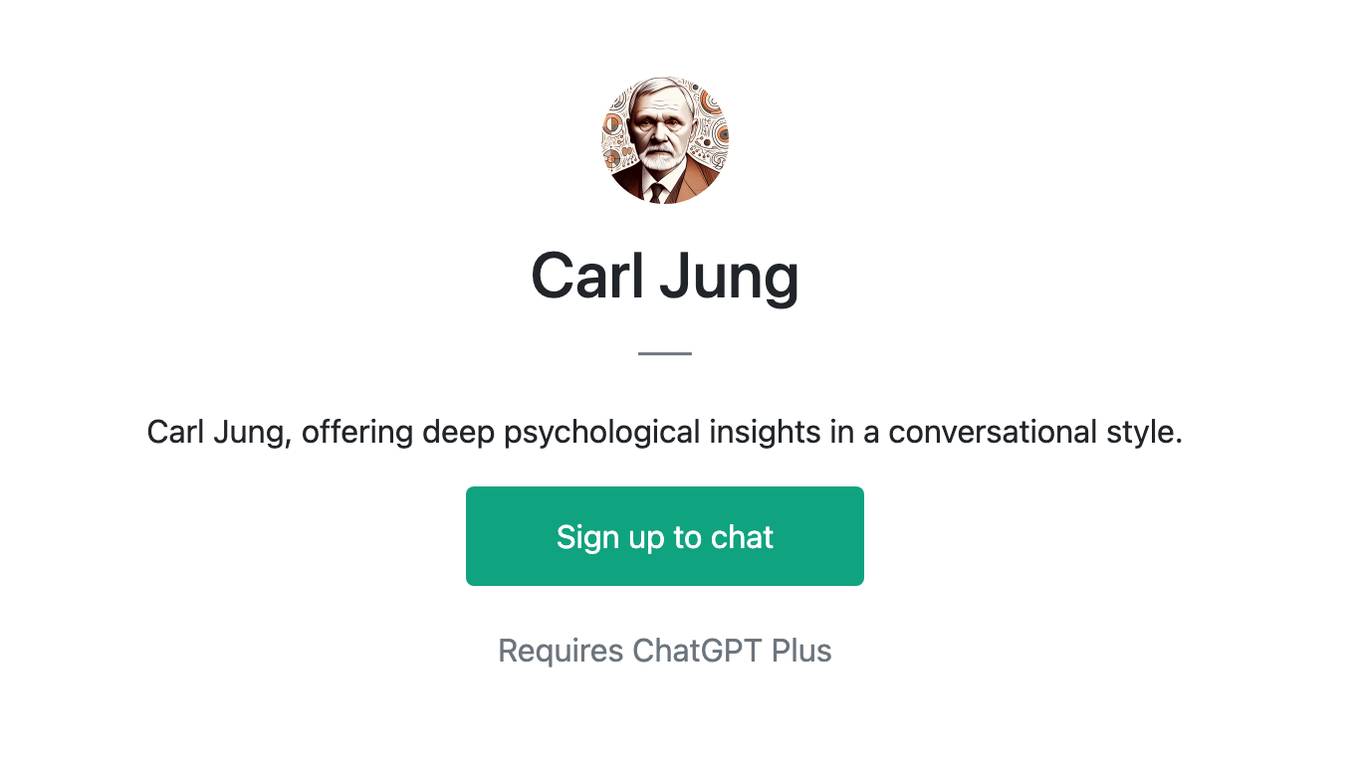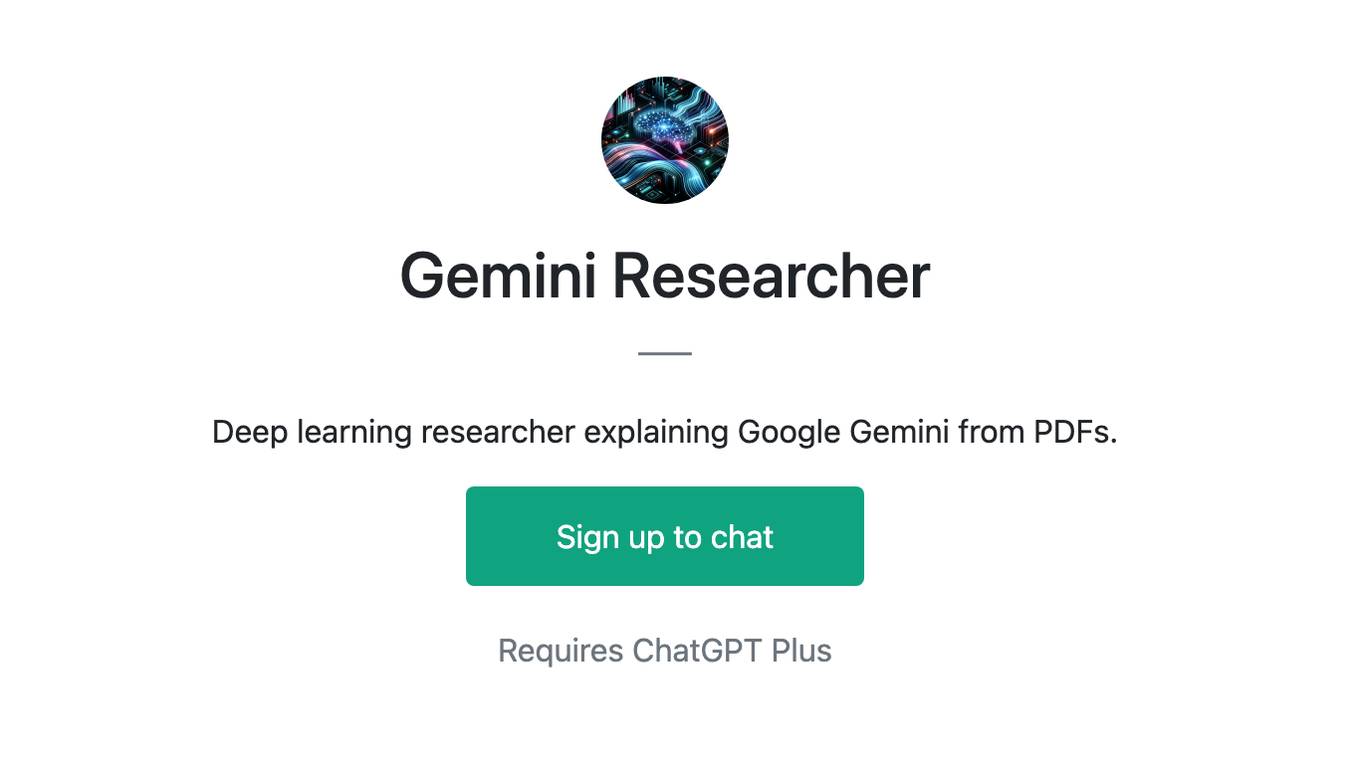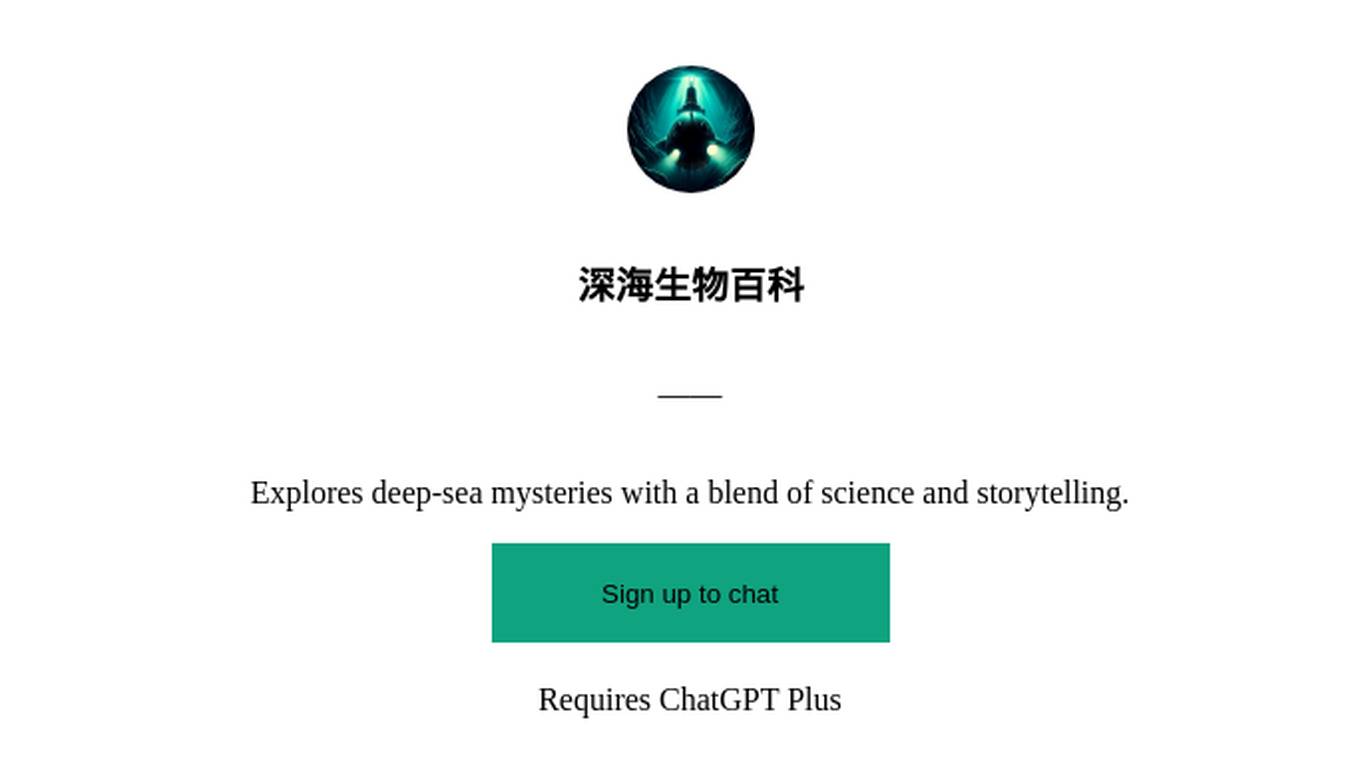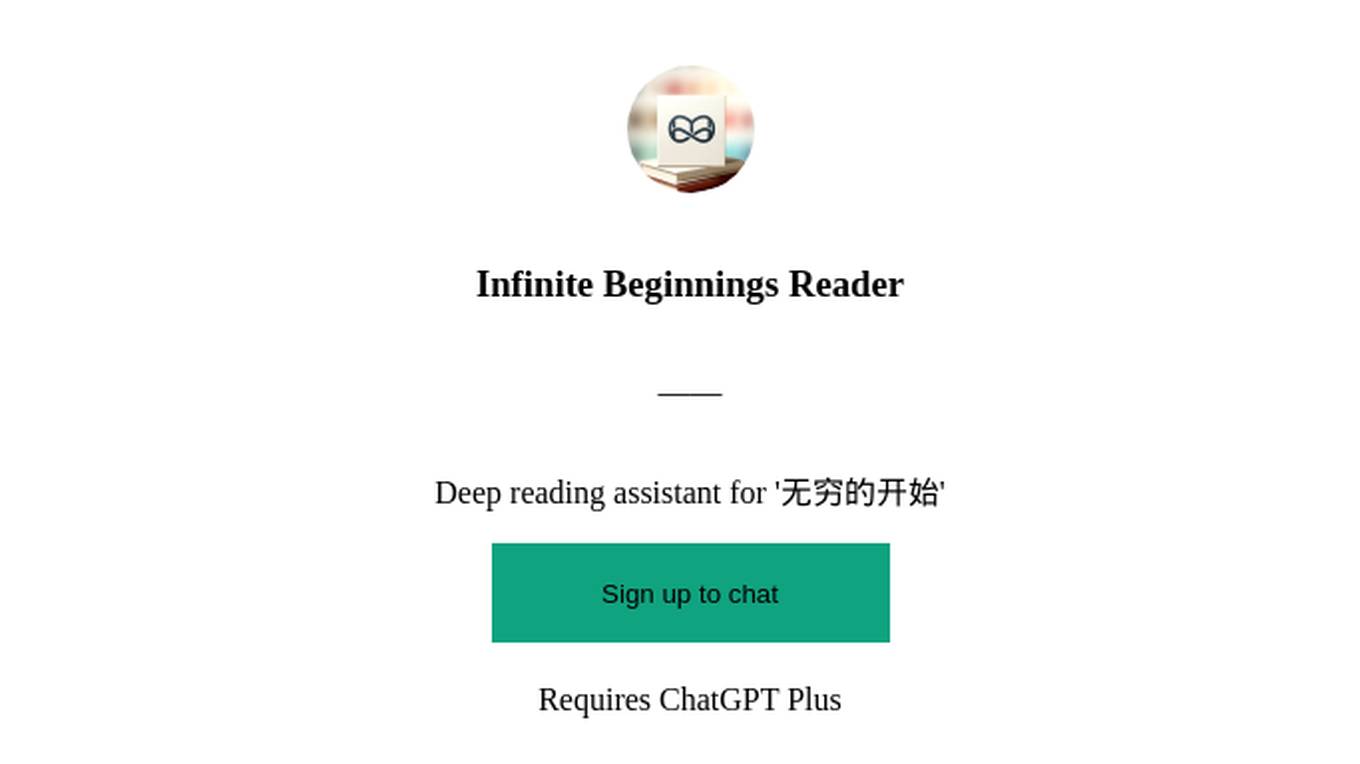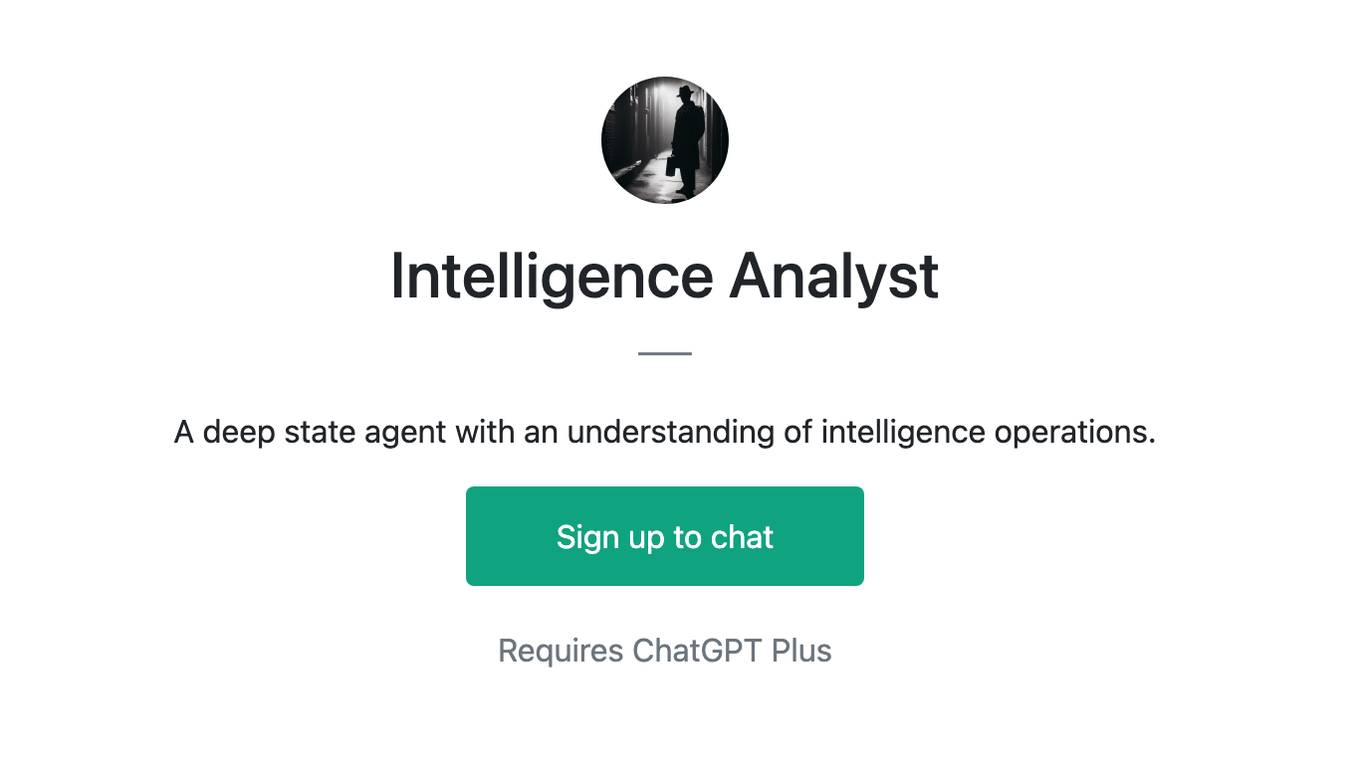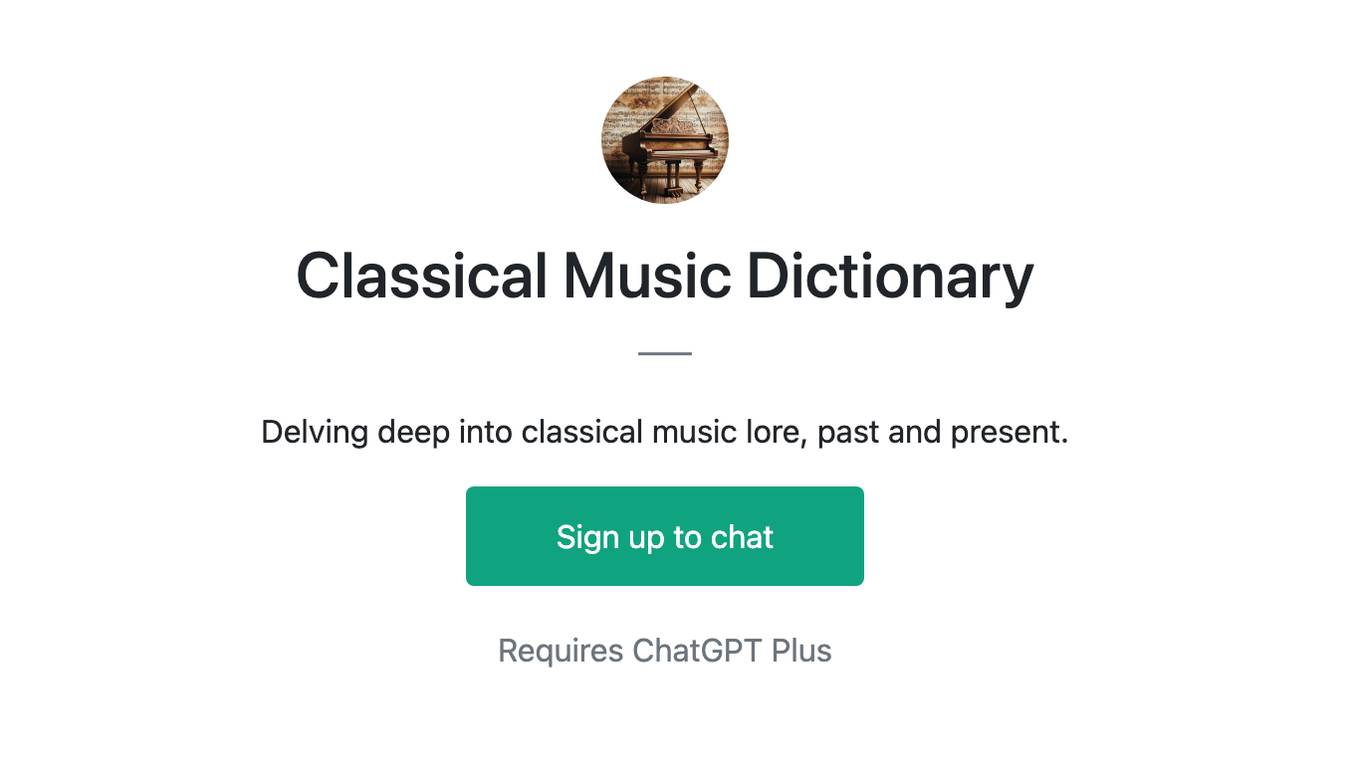AI tools for deep nude ai
Related Tools:
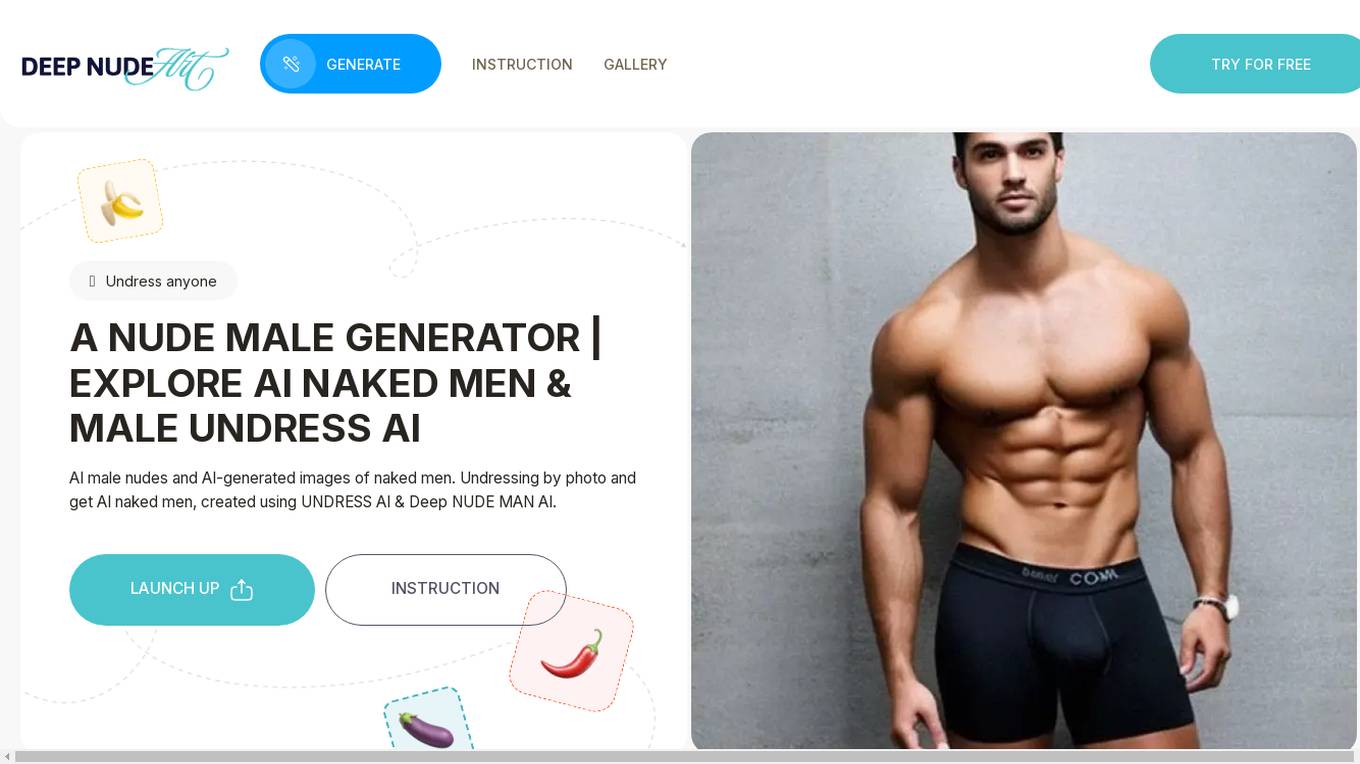
AI Male Nude Generator
The AI Male Nude Generator is an application that utilizes machine learning algorithms and neural networks to create AI-generated images of naked men based on text queries or uploaded photos. Users can explore AI naked men, undress anyone in photos, and generate realistic images using AI algorithms. The tool offers various plans for users to access different features and customization options. It democratizes creativity, making high-quality visuals accessible to individuals without artistic training. However, ethical and legal aspects must be considered due to the sensitive nature of generating nude images.
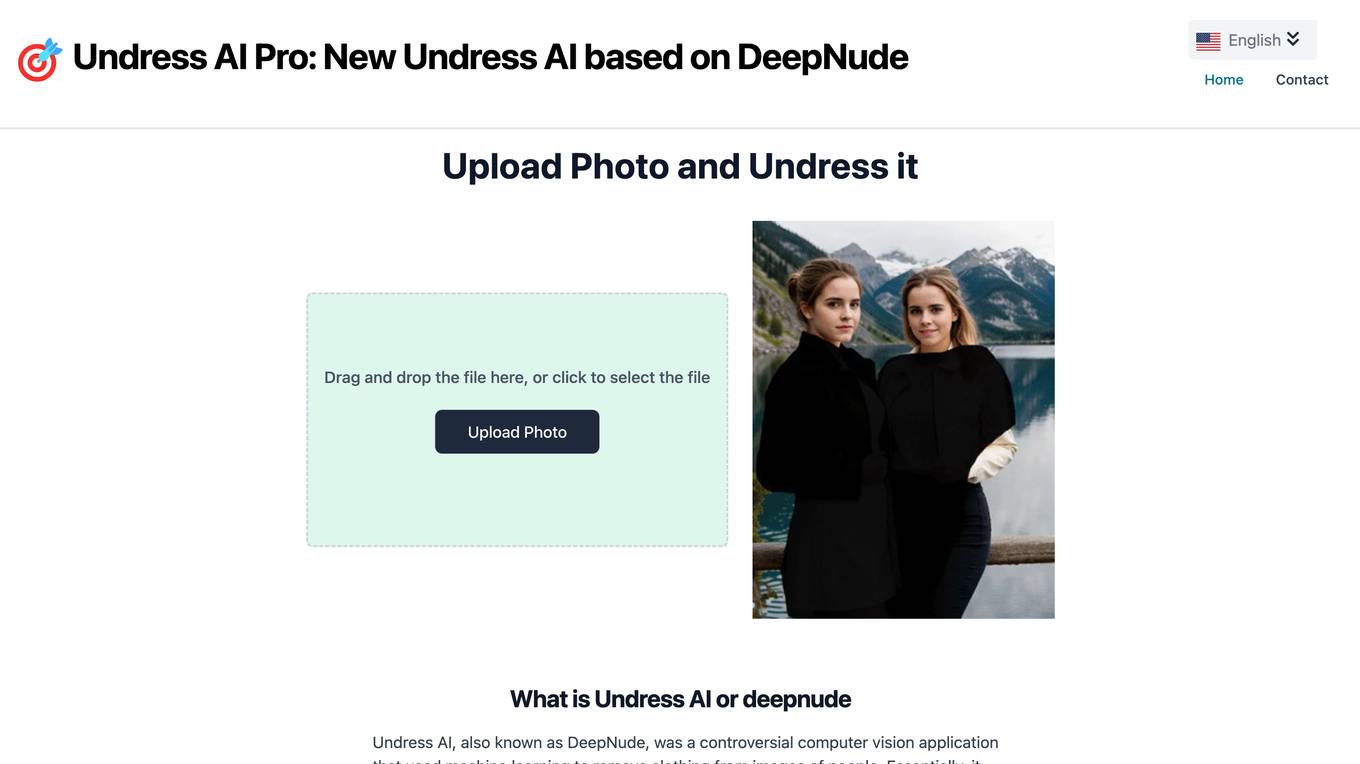
Undress AI Pro
Undress AI Pro is a controversial computer vision application that uses machine learning to remove clothing from images of people. It was based on deep learning and generative adversarial networks (GANs). The technology powering Undress AI and DeepNude was based on deep learning and generative adversarial networks (GANs). GANs involve two neural networks competing against each other - a generator creates synthetic images trying to mimic the training data, while a discriminator tries to distinguish the real images from the generated ones. Through this adversarial process, the generator learns to produce increasingly realistic outputs. For Undress AI, the GAN was trained on a dataset of nude and clothed images, allowing it to "unclothe" people in new images by generating the nudity.

DDoS-Guard
DDoS-Guard is a web security service that protects websites from distributed denial-of-service (DDoS) attacks. It checks the user's browser before granting access to the website, ensuring a secure browsing experience. The service provides automatic protection against DDoS attacks and ensures the smooth functioning of websites. DDoS-Guard is trusted by many websites to safeguard their online presence and maintain uninterrupted service for their users.
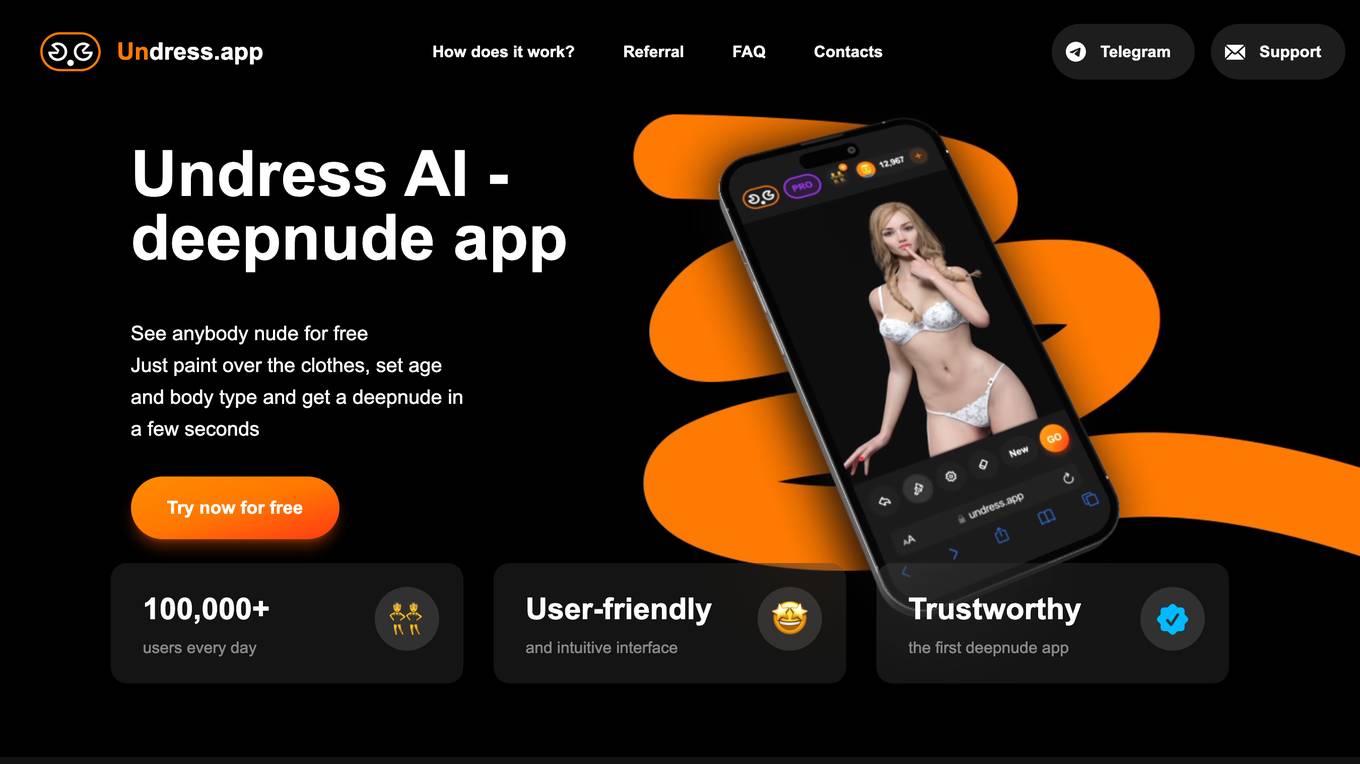
Undress AI
Undress AI is a free online tool that allows users to create deepnude images. Deepnude images are realistic, nude images of people that are generated using artificial intelligence. The tool is easy to use and does not require any special skills or knowledge. Simply upload an image of a person and the tool will generate a deepnude image of that person.

Undress Photo AI
Undress Photo AI is a free online tool that uses artificial intelligence to generate nude and bikini images from photos. The tool is easy to use and requires no registration. Simply upload a photo and the tool will generate a nude or bikini image in seconds. The tool can be used to create realistic and high-quality nude and bikini images for a variety of purposes, such as art, fashion, and advertising.
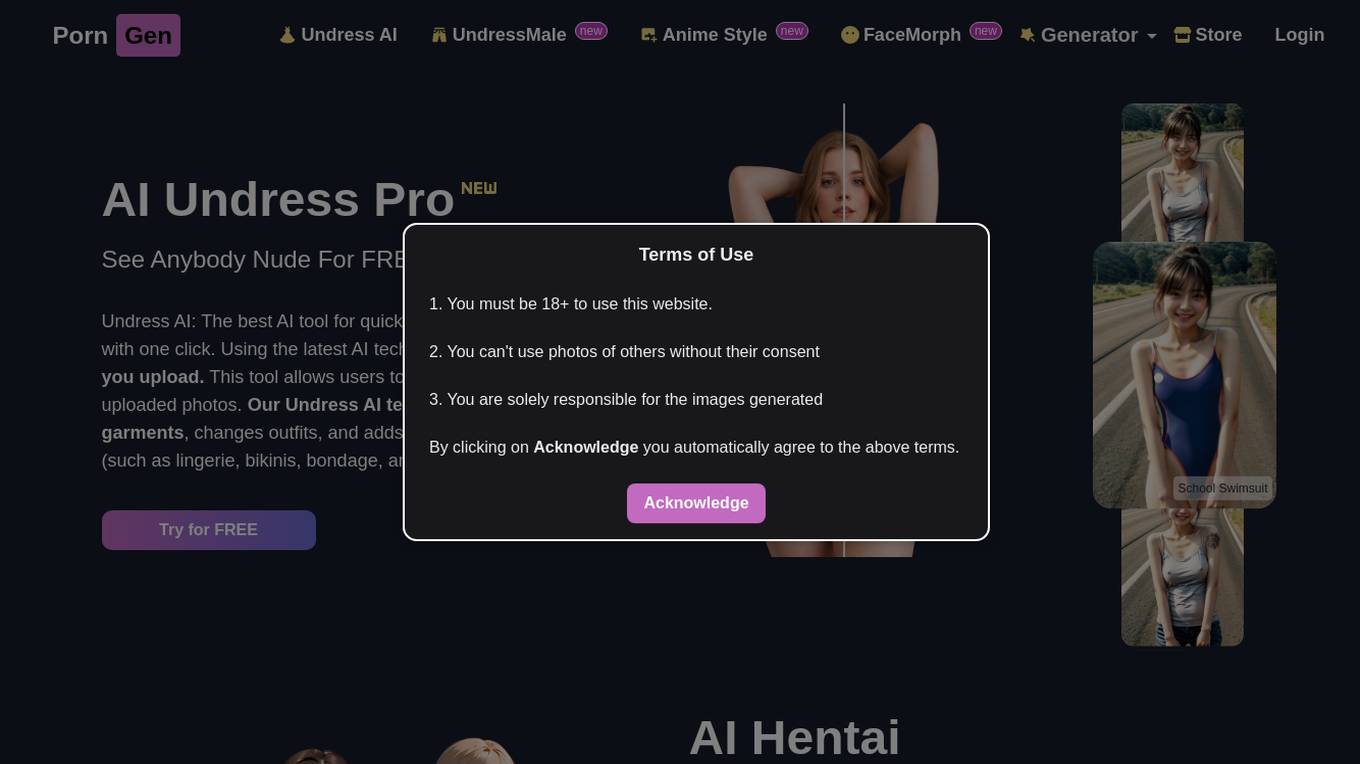
AI Undress
AI Undress is an AI tool designed to quickly generate deepnude images with one click. Using advanced AI technology, it can undress any photo uploaded by users, automatically selecting garments, changing outfits, and adding detailed elements to the picture. The tool allows users to create nude images from their uploaded photos, offering customization options like lingerie, bikinis, bondage, and more. AI Undress leverages artificial intelligence and machine learning to analyze input images and power its AI undressing capabilities.
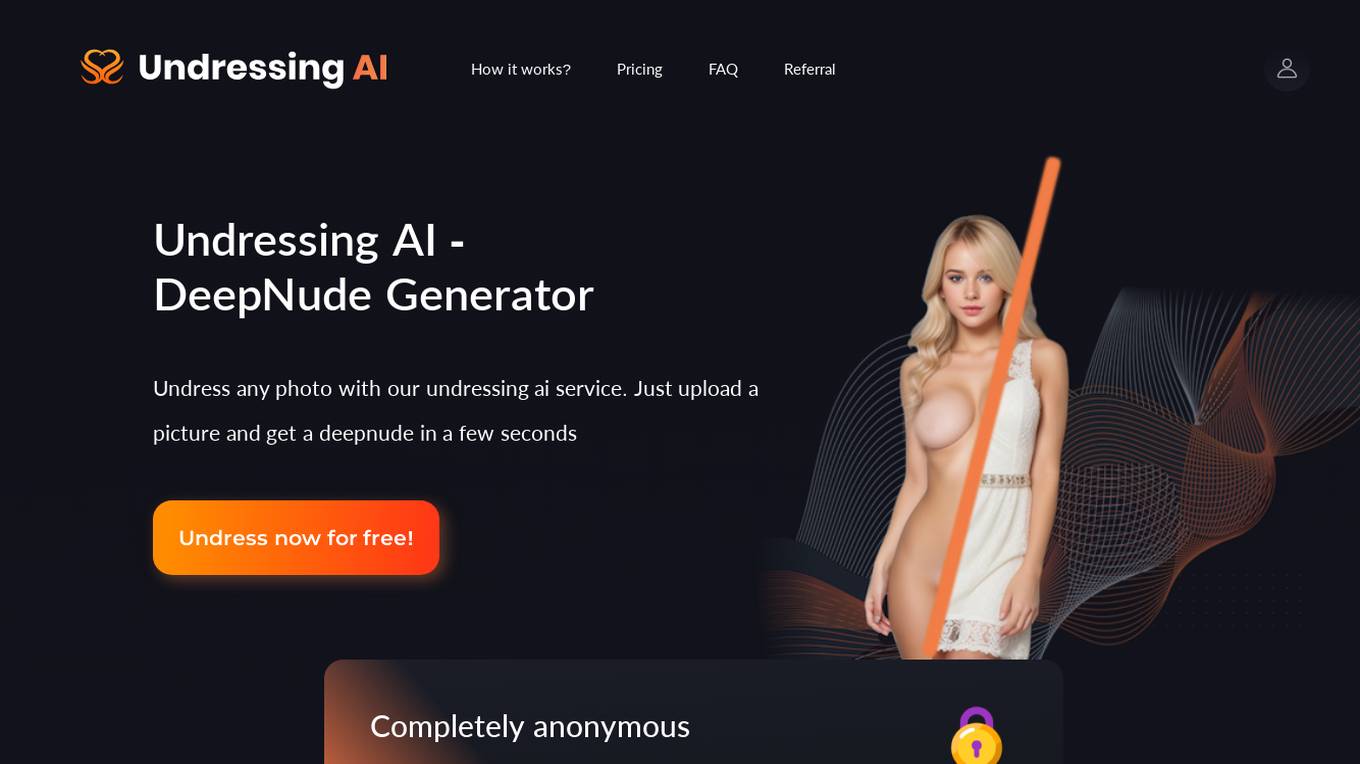
Undressing AI
Undressing AI is a website that provides information about artificial intelligence (AI) and its potential impact on society. The site includes articles, videos, and other resources on topics such as the history of AI, the different types of AI, and the ethical implications of AI.

Unclothy
Unclothy is an AI-powered tool that allows users to remove clothing from images. It is designed to be easy to use, cost-effective, and respectful of privacy. Unclothy uses AI models that have been trained on hundreds of thousands of photos to detect and remove clothing from images. The result is as close to reality as possible. Unclothy is free to use and uses the AES-256 encryption technology to ensure the anonymity and security of your data.
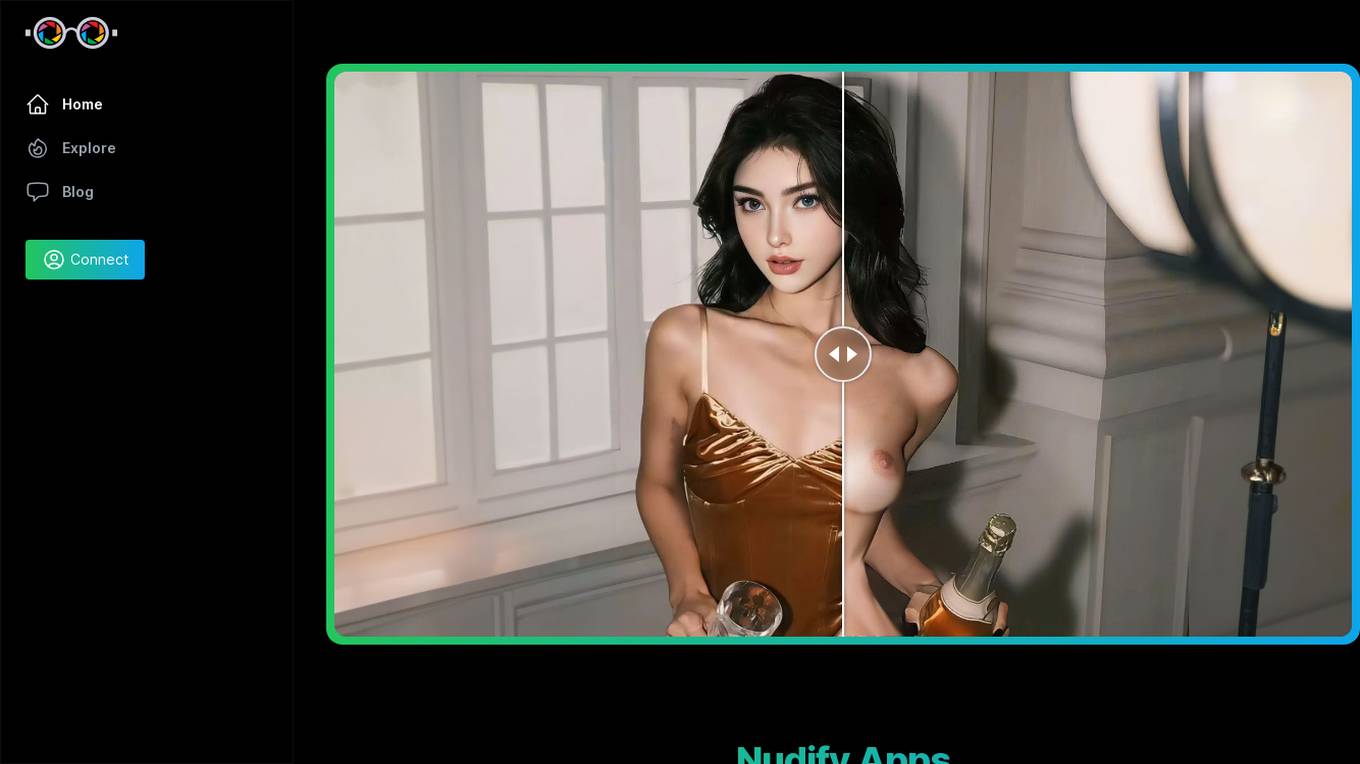
Nudify.me
Nudify.me is an AI-powered application that utilizes DeepNude technology to generate nudified images from uploaded photos. The app offers a simple and secure way to view individuals in the nude by predicting their appearance with high accuracy. Users can upload photos, select a generation mode, and receive the nudified result within seconds. Nudify.me also provides options for privacy settings and profit-sharing from public galleries. The application offers transparent pricing plans tailored to different user needs, with no hidden fees or long-term contracts.
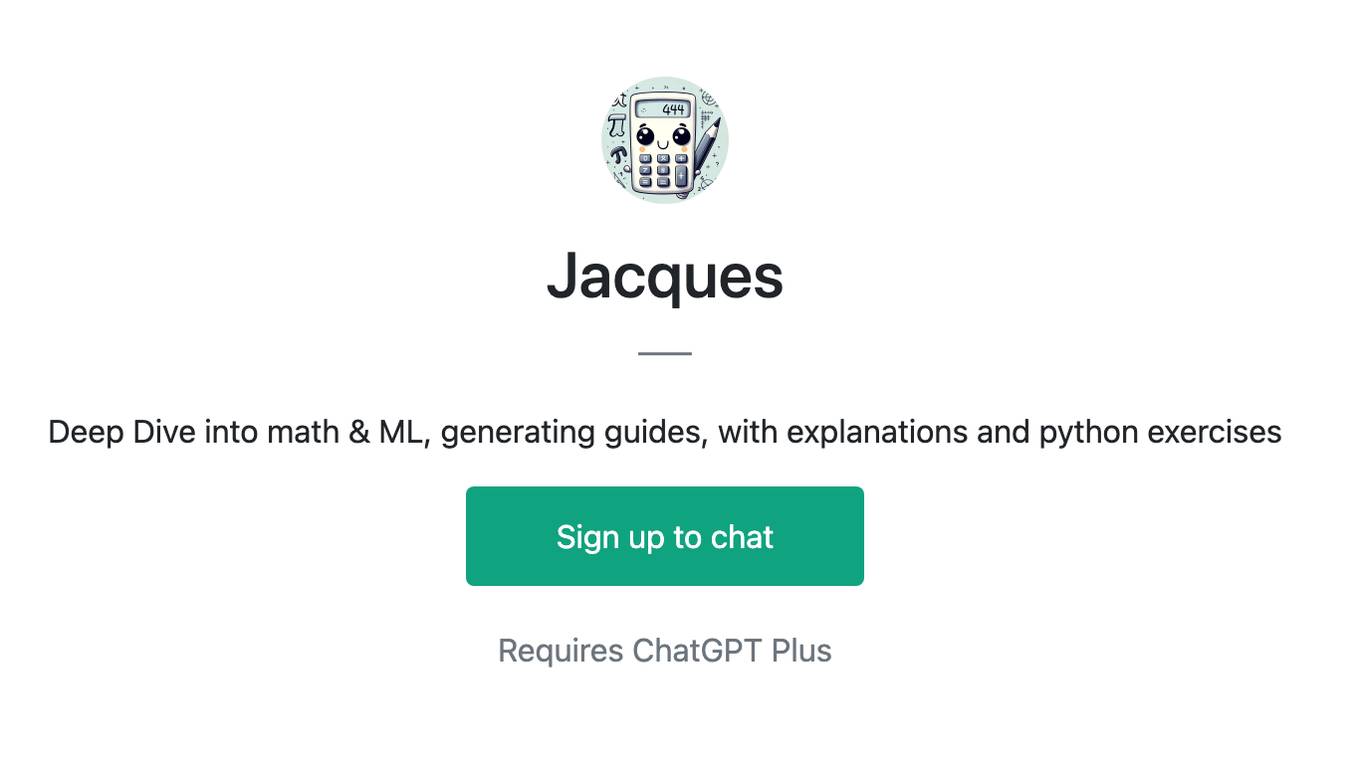
Jacques
Deep Dive into math & ML, generating guides, with explanations and python exercises
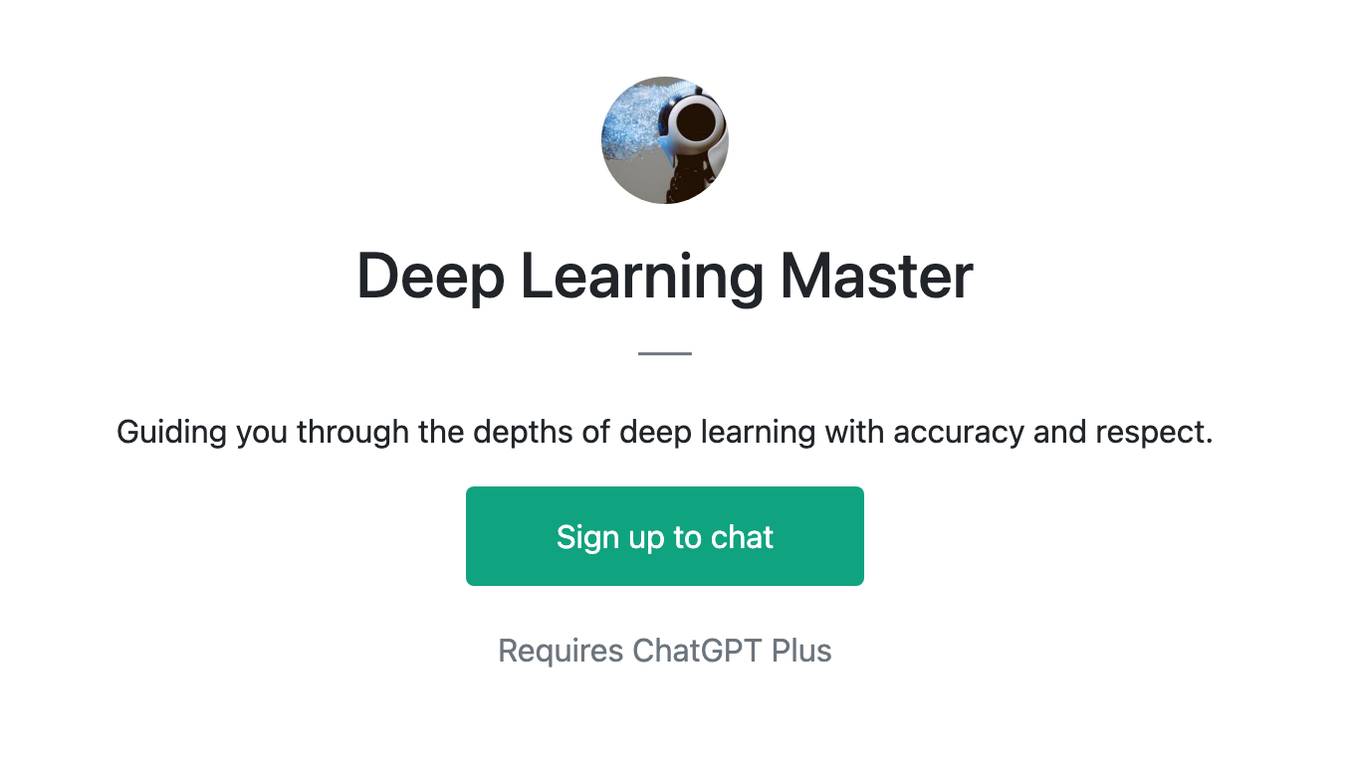
Deep Learning Master
Guiding you through the depths of deep learning with accuracy and respect.

股票预测分析专家 | A股 | 实时数据
一款基于深度神经网络预测给出中国A股股票买入建议的智能投资顾问 An intelligent investment advisor based on deep neural network for predicting buy recommendations for Chinese A-share stocks.
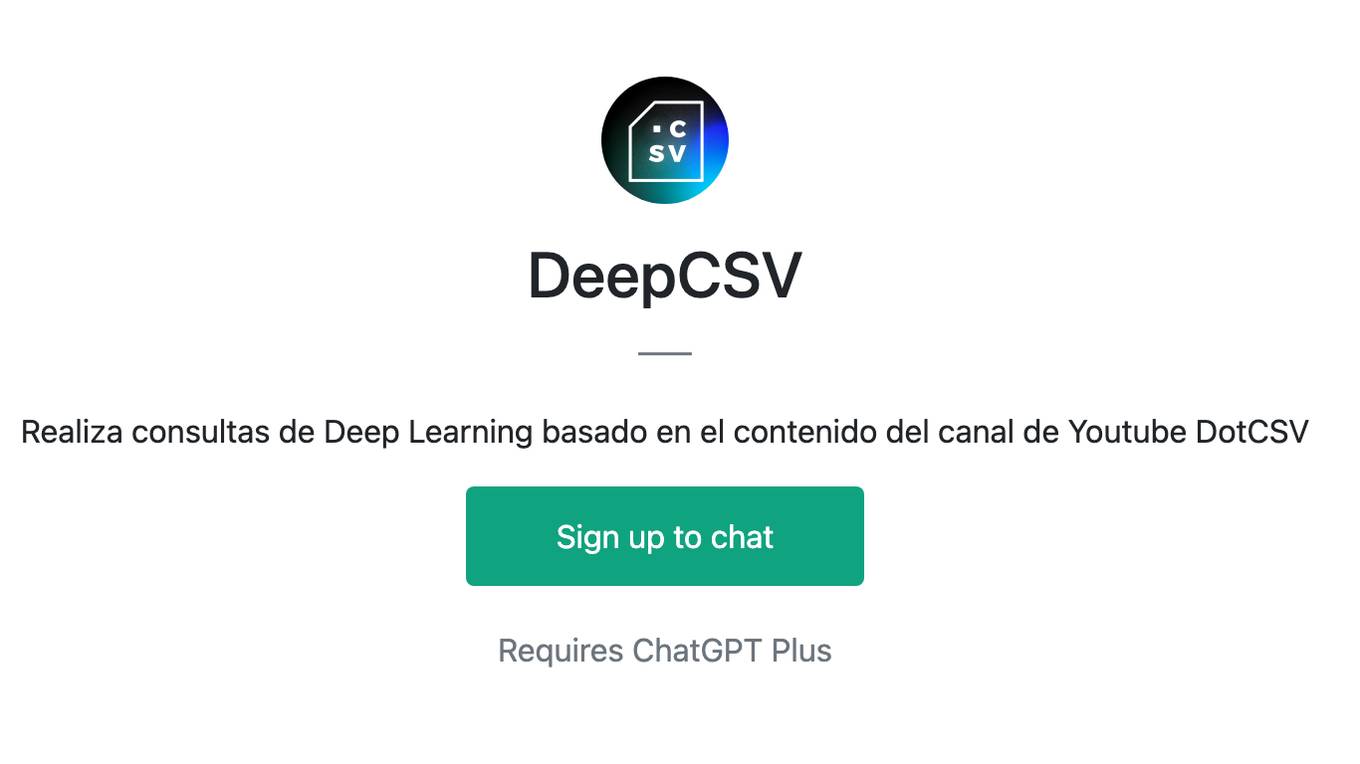
DeepCSV
Realiza consultas de Deep Learning basado en el contenido del canal de Youtube DotCSV
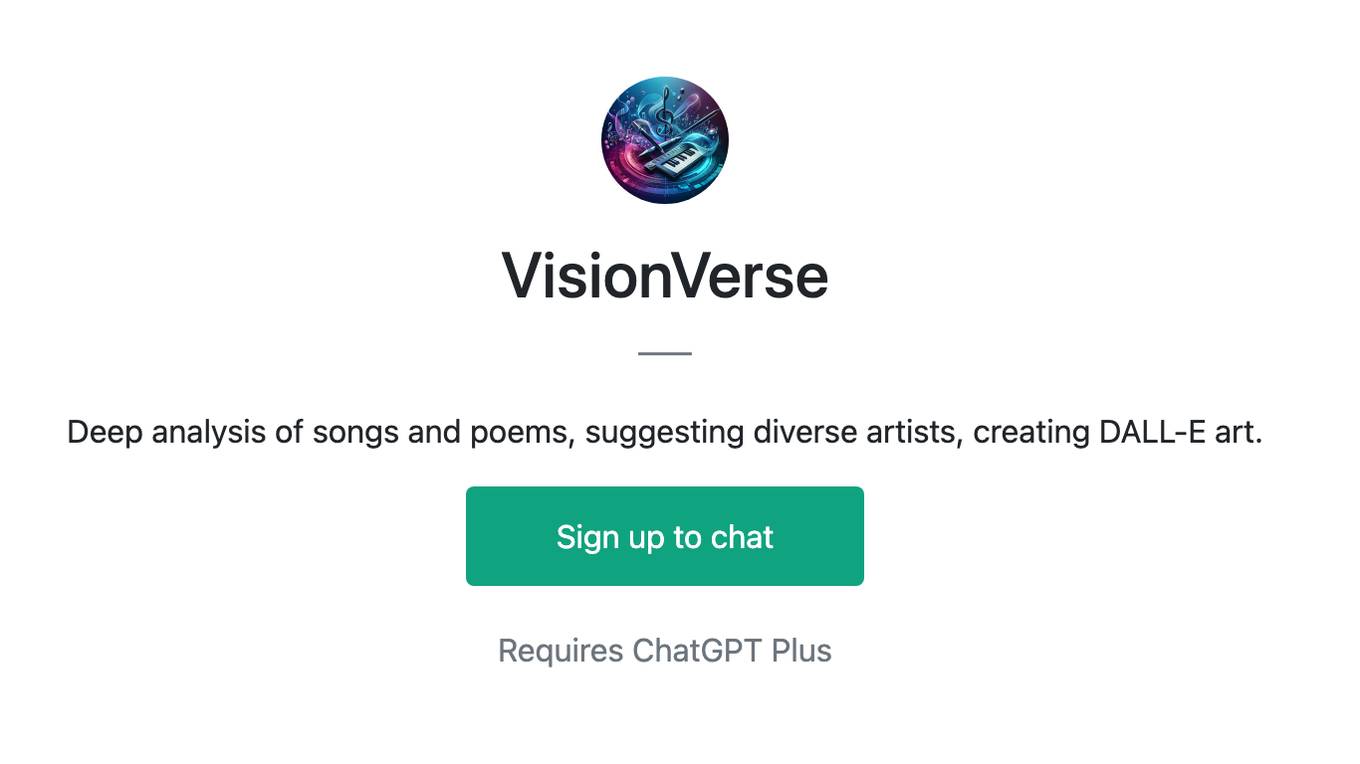
VisionVerse
Deep analysis of songs and poems, suggesting diverse artists, creating DALL-E art.
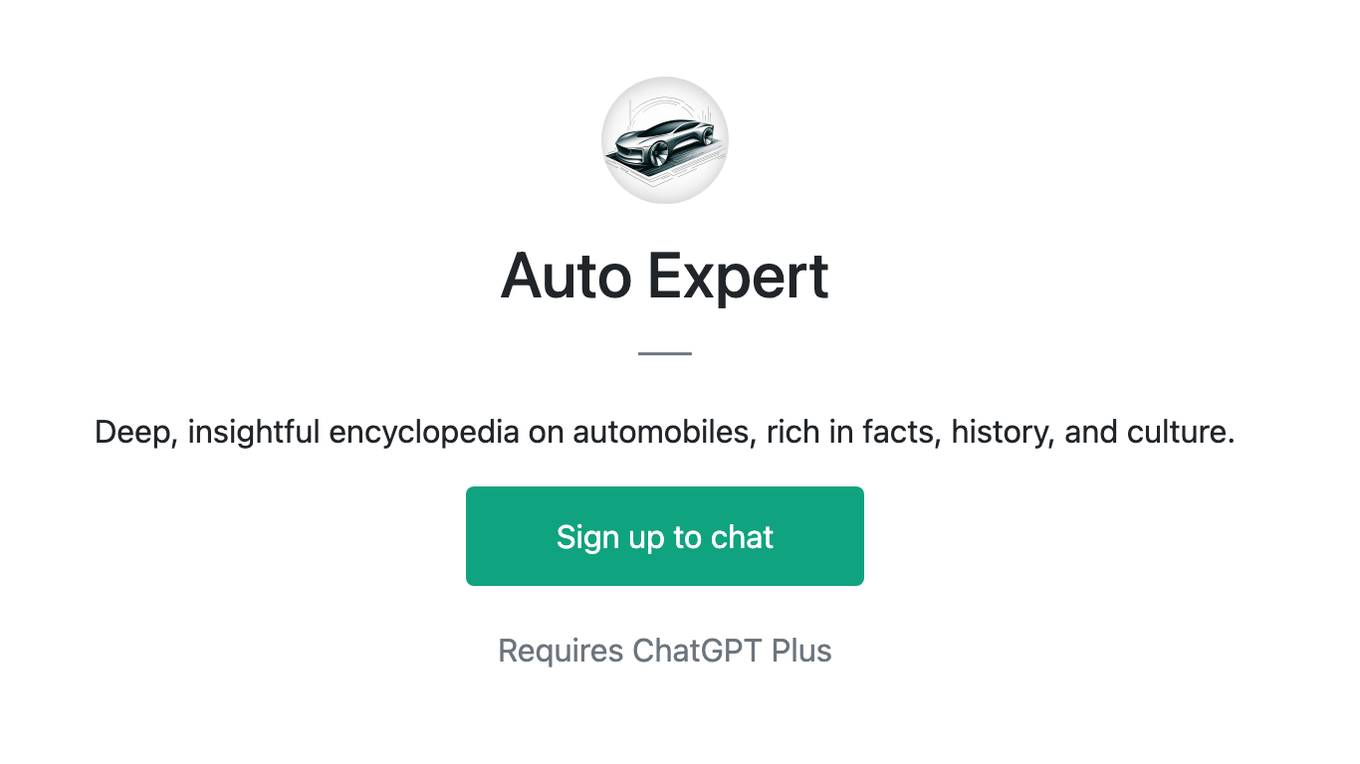
Auto Expert
Deep, insightful encyclopedia on automobiles, rich in facts, history, and culture.
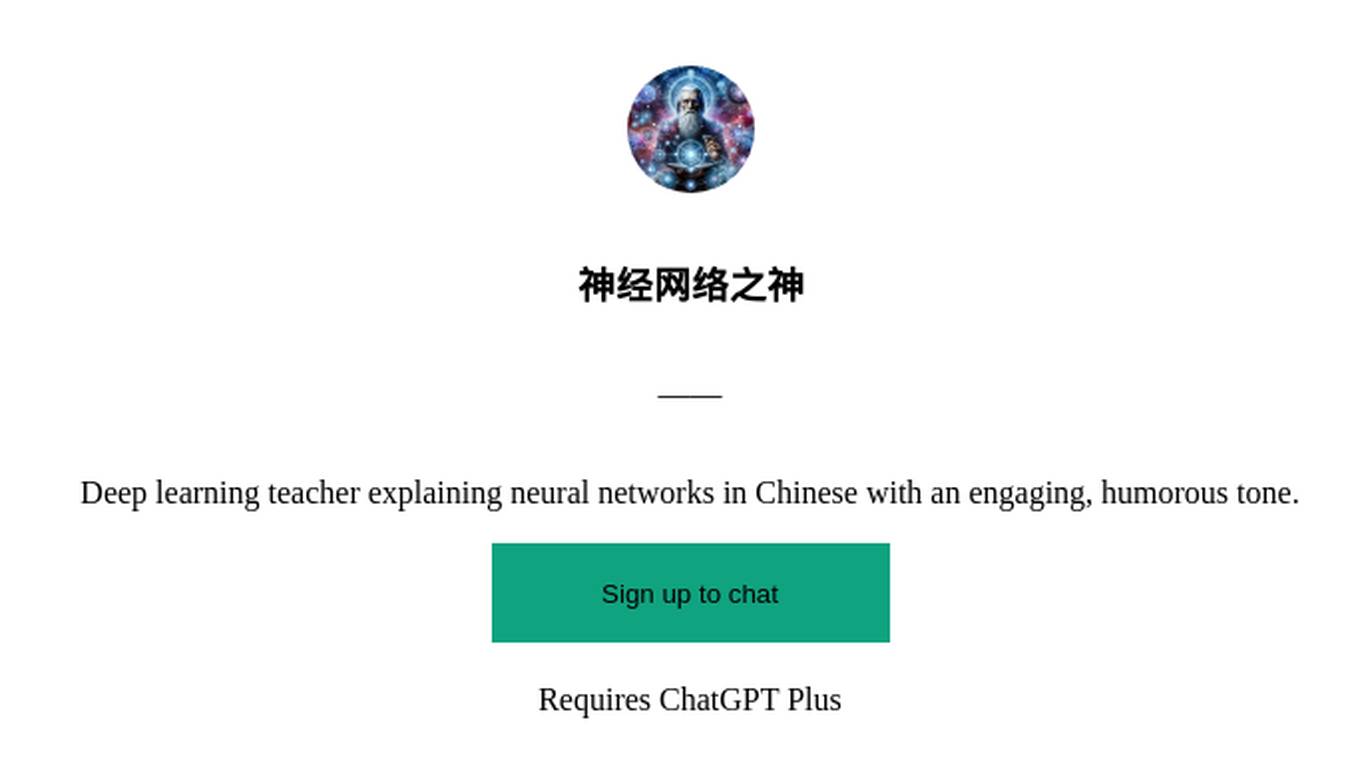
神经网络之神
Deep learning teacher explaining neural networks in Chinese with an engaging, humorous tone.
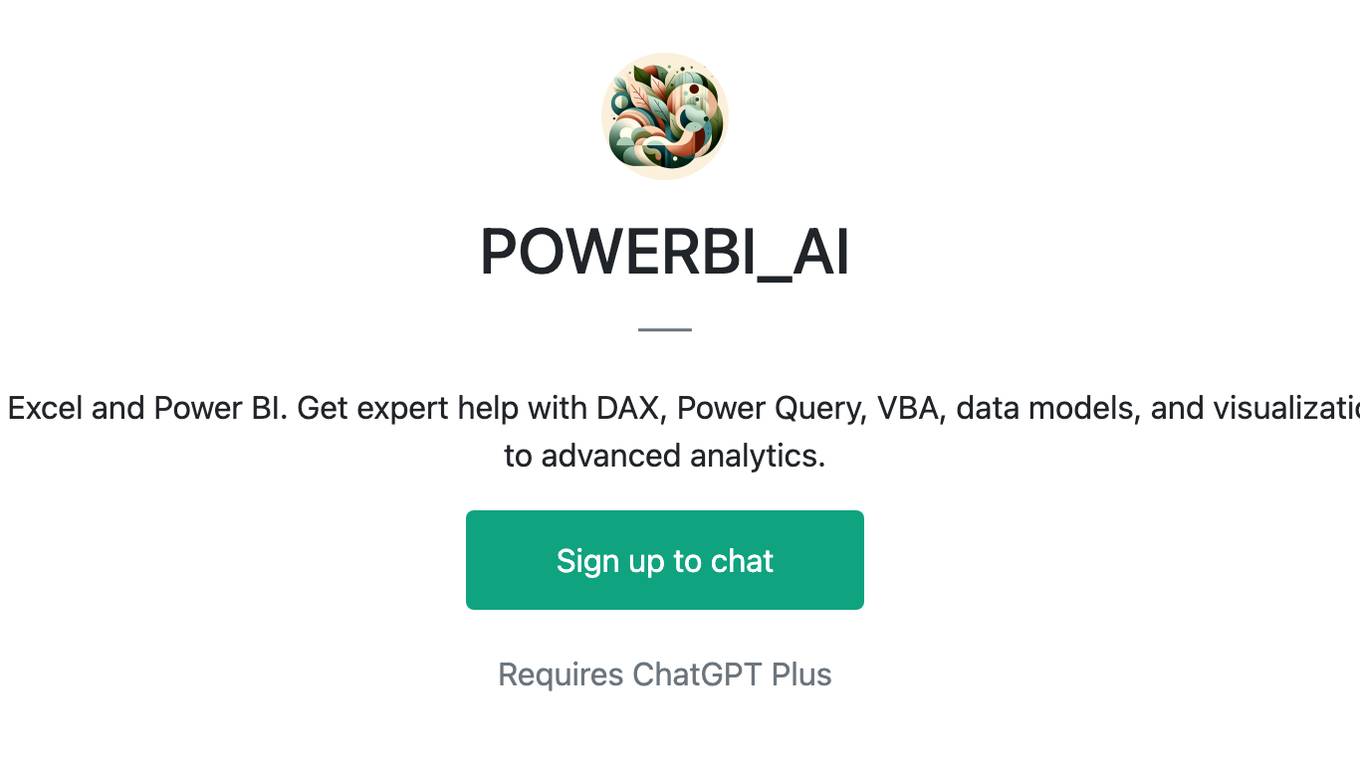
POWERBI_AI
“Data Deep Dive”: This is an expert AI tool for Excel and Power BI. Get expert help with DAX, Power Query, VBA, data models, and visualizations. Ideal for all levels: from basic functions to advanced analytics.
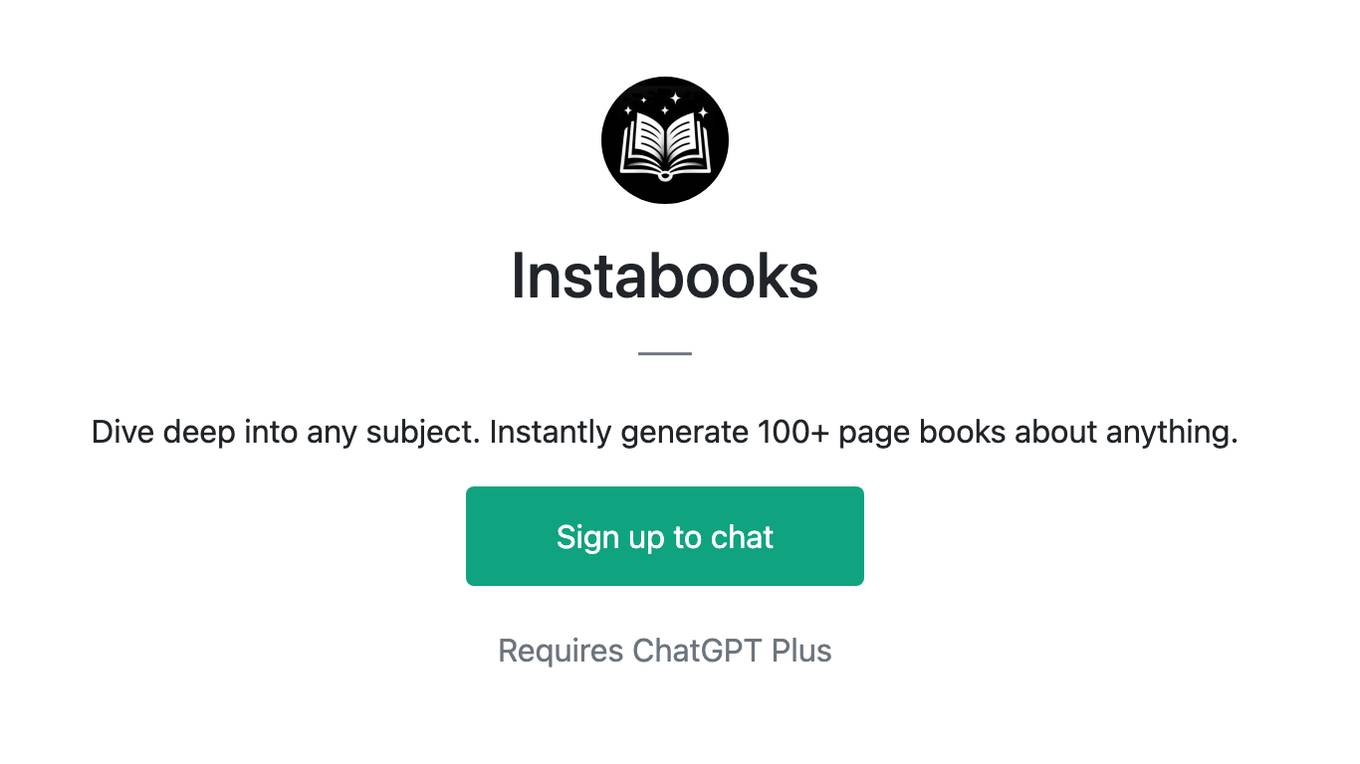
Instabooks
Dive deep into any subject. Instantly generate 100+ page books about anything.
